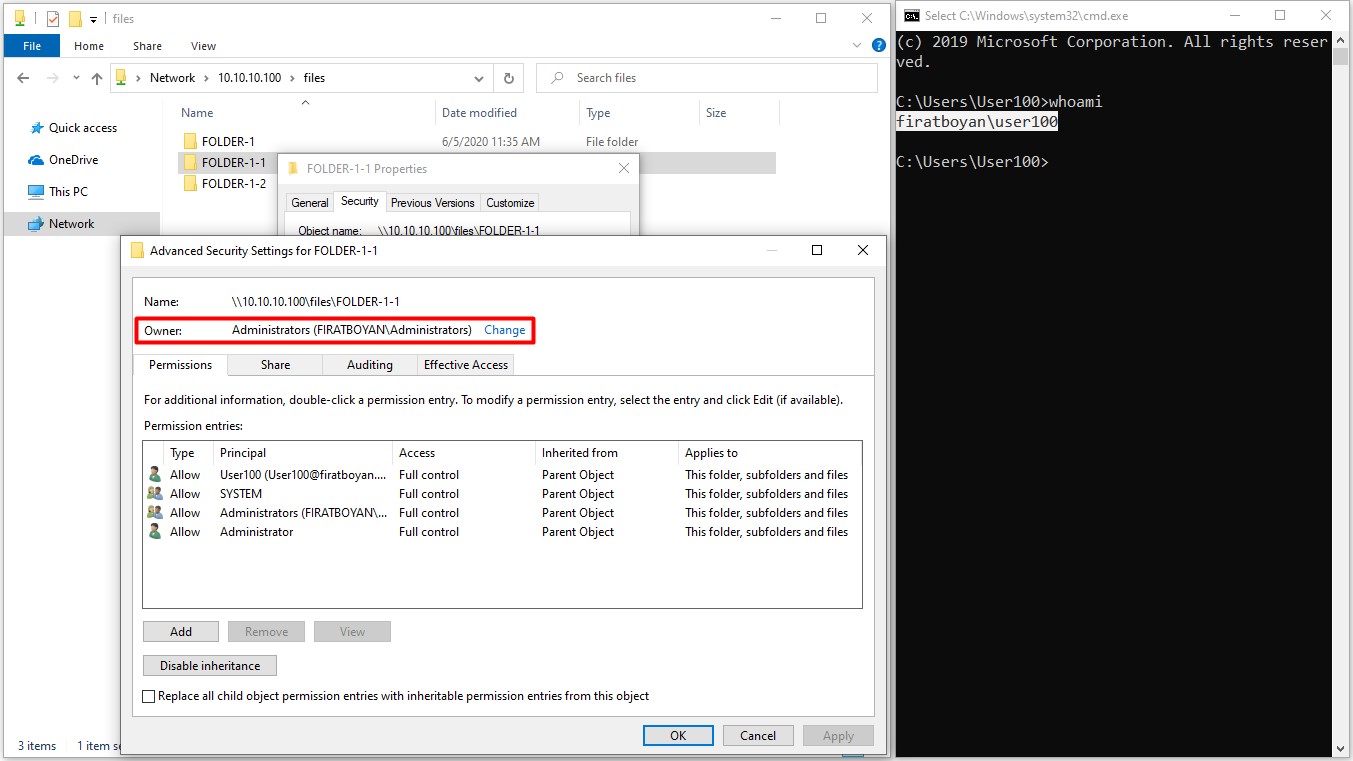

Once we install and enable the EPEL repository, we can take advantage of the additional software packages it provides, installing them as usual. List the packages contained in the EPEL8 repository Repo-name : Red Hat Enterprise Linux 8 for x86_64 - BaseOS (RPMs)Īs we can see from the output of the command, the repository has been correctly activated, it is the first one in the list. Repo-name : Red Hat Enterprise Linux 8 for x86_64 - AppStream (RPMs) Repo-id : rhel-8-for-x86_64-appstream-rpms Repo-name : Extra Packages for Enterprise Linux 8 - x86_64 By providing the -v option, (short for -verbose), we can obtain a more detailed report: Repo-id : epel The command, if invoked as above, displays a list of all repositories enabled in the system (it can also be used to display only the disabled ones or all the repositories existing in the system).

To verify that the EPEL repository has been enabled we can run: $ sudo dnf repolist -v The first one is the main repository, the one which is enabled by default, the other two contain experimental version of software packages and must be enabled explicitly. repo extension: epel, epel-playground and epel-testing. usr/share/doc/epel-release/README-epel-8-packaging.mdĪpart from the documentation files and the repository public gpg key, we can see that three repository configuration files have been installed, they are the files with the. usr/lib/systemd/system-preset/90-epel.preset The command above produces the following output: /etc/pki/rpm-gpg/RPM-GPG-KEY-EPEL-8 In the command above, the -q option is the short for -query, while -l is short for -list, and is used to list the files contained in a package. To see where those files have been installed, we can run the following command: $ sudo rpm -ql epel-release It contains the files needed to configure the additional software sources. If we confirm by typing “y” and pressing enter, the package will be installed. Once we run the command above an overview of the operations that would be performed is displayed, and we are prompted to confirm that we want to install the package: = We just use dnf with the install sub-command, and provide the URL of the package (in this case we used the https protocol).
#Desinstalar ntfs 3g download
We don’t need to download the package to install it: we can perform the operation directly using dnf package manager: $ sudo dnf install For the sake of this tutorial I will assume we are operating from the command line interface. The file is available for download at the following address. $ – requires given linux commands to be executed as a regular non-privileged userĮnabling the EPEL8 repository on RHEL 8 / CentOS 8 is very simple: all we need to do is to download and install the configuration package which contains the repository files. # – requires given linux commands to be executed with root privileges either directly as a root user or by use of sudo command No specific software is needed to follow this tutorialĪdministrative privileges to install and configure the repository Requirements, Conventions or Software Version Used

Software Requirements and Conventions Used Software Requirements and Linux Command Line Conventions Category


 0 kommentar(er)
0 kommentar(er)
